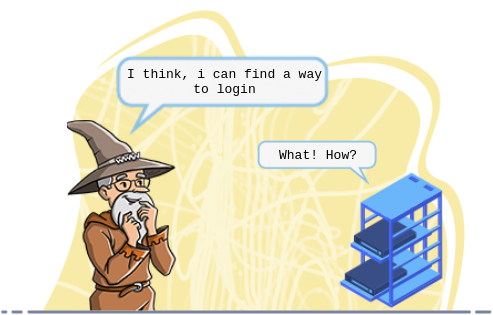FTP Anonymous Login Checker
Some anonymous FTP servers do not require user authentication for file access. These servers permit anonymous ftp login activities. If you don’t have a specific purpose, you should not let anonymous login to your FTP server. You can use this tool to undertake a login checker whether your FTP servers permits anonymous login.
Short Info
Level
Medium
Single Scan
Single Scan
Can be used by
Asset Owner
Estimated Time
5 sec
Scan only one
Domain
Toolbox
-

What is FTP and for what purpose FTP used for?
FTP, also known as File Transfer Protocol, is an application layer protocol that is used to transfer files between computers over a network. It was one of the first protocols developed for the internet and has been widely used for file sharing and transferring for many years. FTP is primarily used by web developers, network administrators, and individuals who need to transfer large files between computers or servers quickly and easily. The protocol provides a way to authenticate users and protect files from unauthorized access. It can be used for uploading and downloading files, making it an essential tool for remote file management. Whether you are a business owner, web developer, or anyone who needs to transfer large files, understanding FTP and its purpose can help streamline your file sharing process and improve efficiency.
What kind of cyber security vulnerabilities does enabling the anonymous login on FTP cause?
In today's digital age, cyber security is of utmost importance. Businesses and individuals alike rely heavily on the internet and the various platforms that come with it. While enabling anonymous login on FTP may seem like an easy way to allow remote users to access files without the need for a username and password, it also opens up a whole new realm of cyber security risks. Anonymous login allows anyone with access to the internet to potentially access sensitive information without any identification or accountability. This leaves companies and users vulnerable to a wide range of threats, including malware infections, data breaches, and more. It is crucial to weigh the convenience of anonymous login against the potential dangers it poses to ensure the safety and security of your information.
What kind of cyber security vulnerabilities does the fact that the FTP service is accessible from the internet create?
In today's digital world, cyber security has become a crucial aspect of safeguarding sensitive information. However, despite the advancements in technology, some vulnerabilities still exist. One such vulnerability is when the FTP service is open to the internet, and users can log in with anonymous accounts. This creates potential security risks, as hackers can exploit the anonymous login to gain unauthorized access and download sensitive data without being identified. Additionally, an open FTP service can be accessed by anyone with an internet connection, leaving your organization's confidential information open to the world. Therefore, taking preventive measures such as enabling strong passwords, limiting login attempts, and instituting firewalls can help mitigate these risks and protect your information from being compromised.
Conclusion
In today's digital age, cyber security has become more important than ever before. With the increasing amount of internet access, cyber criminals have more opportunities to commit fraudulent and malicious activities like hacking into websites and stealing sensitive data. If you're a website owner, you know how crucial it is to maintain a protected environment for your digital assets. That's where Securityforeveryone.com becomes your best friend. Thanks to its pro features, you can easily and quickly scan thousands of vulnerabilities that may pose a threat to your website. The platform effectively detects the FTP service with anonymous login enabled and any other open source that can be accessed by the internet and suggests preventative measures to eliminate potential threats. By utilizing Securityforeveryone.com, you can maintain the security of your digital assets and safeguard your website from attackers.

control security posture
